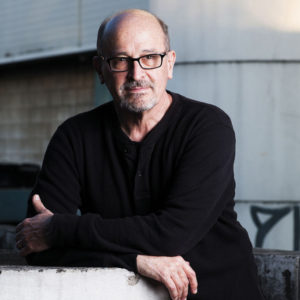
Professor
Mitchell Institute for Fundamental Physics & Astronomy
Dr. Nicholas B. Suntzeff, University Distinguished Professor of physics and astronomy, Regents Professor of the Texas A&M University System, and holder of the Mitchell/Heep/Munnerlyn Chair in Observational Astronomy in the College of Science, joined the faculty of Texas A&M University in 2006. He earned a B.S. in mathematics with distinction from Stanford University and a Ph.D. in astronomy from the University of California, Santa Cruz, and the Lick Observatory. His research specializes in cosmology, supernova explosions, stellar populations, astronomical instrumentation, and public policy. With Brian Schmidt, in 1994 he founded the High-z Supernova Search Team, which was honored with the 2011 Nobel Prize in Physics. The basis for this research began in 1986 when his team produced the first modern measurements of the brightness of exploding stars. Between 1989 and 1996 his Calán/Tololo Supernova Survey team pioneered the use of exploding stars to measure precise distances deep into the Universe, which began the field of supernova cosmology. Based on this work, in 1998 the High-Z group discovered that the expansion of the universe is accelerating, which implies the existence of a dark energy consistent with the cosmological constant of Einstein’s theory of general relativity. In a real sense, the work of Suntzeff and his collaborators led to the discovery of nearly 70 percent of the Universe. This science was awarded the Science Magazine “Breakthrough of the Year” award across all science disciplines, the Gruber Prize in Cosmology 2007, and the Breakthrough Prize in Fundamental Physics 2015. He has been elected vice president of the American Astronomical Society, a Fellow of the American Physical Society, and awarded a Jefferson Senior Science Fellowship of the National Academy of Sciences to the US State Department Office of Human Rights. Before moving to College Station, Suntzeff worked as a staff astronomer for over 20 years at the NSF funded Cerro Tololo Inter-American Observatory in La Serena Chile where he was Associate Director of Science for the National Optical Astronomy Observatory.